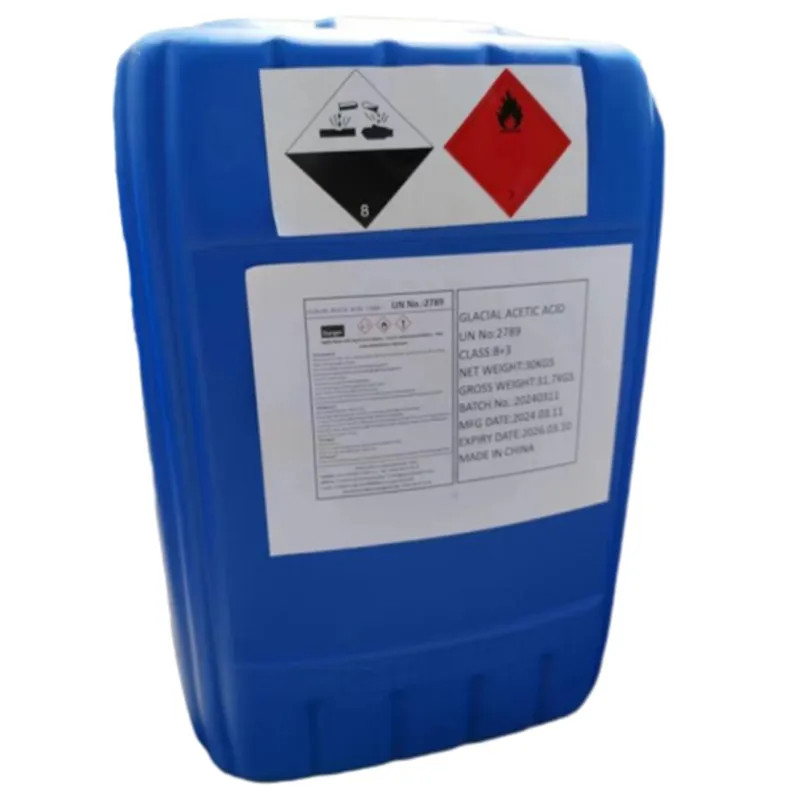
Exploring the Uses and Effects of E102 Food Additive in Modern Food Production
E102 Food Additive A Comprehensive Overview
E102, also known as Tartrazine, is a synthetic lemon-yellow azo dye that is commonly used as a food additive. It is prominently featured in various food products, including beverages, candies, desserts, and packaged foods. As one of the most widely used colorants in the food industry, it plays a significant role in enhancing the visual appeal of food items and making them more attractive to consumers.
Historical Background
Tartrazine was first synthesized in the late 19th century and gained popularity due to its bright yellow color and stability. As the food industry evolved, the demand for artificial colorants increased, leading to the widespread adoption of E102 in numerous products. Its ability to maintain its color under different conditions, such as heat and light, has made it a preferred choice for manufacturers.
Usage in Food Products
E102 is often used in a variety of products, including
1. Beverages Soft drinks, energy drinks, and alcoholic beverages often contain Tartrazine to achieve a vibrant color that appeals to consumers. 2. Confectionery Candies, jellies, and gummies frequently use E102 to enhance their visual appeal, making them more attractive for children and adults alike. 3. Dairy products Some cheese products, ice creams, and yogurt may also contain Tartrazine to add a distinct yellow hue. 4. Packaged foods Many sauces, soups, and instant meals utilize E102 to create an appealing color that enhances consumer perception of flavor and quality.
Safety and Regulatory Status
e102 food additive

The use of E102 is regulated by food safety authorities in various countries. In the European Union, Tartrazine is classified as an EU-approved food additive, assigned the E number E102. However, the safety of E102 has been the subject of scrutiny over the years. Studies have indicated that some individuals may experience allergic reactions to Tartrazine, particularly those with asthma or aspirin sensitivity. Symptoms can include hives, headaches, and hyperactivity in children.
As a result, food products containing E102 in the EU must label it clearly, and the use of the additive is subject to specific limits. In the United States, the Food and Drug Administration (FDA) classifies Tartrazine as Generally Recognized As Safe (GRAS), but consumers are still encouraged to read labels carefully.
Controversies and Public Perception
The use of artificial colorants like E102 has sparked debates and controversies regarding their potential impact on health. Some consumer advocacy groups argue for the reduction or elimination of synthetic additives in favor of natural colorants derived from fruits, vegetables, or other plant sources. This shift aligns with the growing trend towards clean-label products, where consumers favor transparency regarding the ingredients in their food.
Despite this, E102 continues to be a staple in the food industry due to its effectiveness and cost-efficiency compared to natural alternatives. While some studies have suggested links between artificial dyes and behavioral issues in children, the scientific community remains divided on this matter, with more research needed to draw definitive conclusions.
Conclusion
In conclusion, E102 (Tartrazine) plays a significant role in the modern food industry as a color additive that enhances the appeal of numerous products. While it is generally considered safe for consumption, awareness of potential allergic reactions and the ongoing debates surrounding artificial additives are essential for consumers. As the demand for natural products rises, the future of synthetic colorants like E102 may be influenced by changing consumer preferences, regulatory responses, and ongoing research into their health implications. Understanding the nature and use of E102 allows consumers to make informed choices about the foods they consume.
-
nitrile-rubber-honoring-strict-production-standardsNewsAug.22,2025
-
aspartame-ingredients-honoring-food-safety-valuesNewsAug.22,2025
-
fertilizer-for-balanced-plant-nutritionNewsAug.22,2025
-
cyanide-gold-processing-with-high-purity-additivesNewsAug.22,2025
-
formic-acid-in-textile-dyeing-applicationsNewsAug.22,2025
-
aluminum-hydroxide-gel-in-skincare-productsNewsAug.22,2025
-
Regulatory Compliance for Global Mining Chemicals UseNewsAug.12,2025
Hebei Tenger Chemical Technology Co., Ltd. focuses on the chemical industry and is committed to the export service of chemical raw materials.
-

view more DiethanolisopropanolamineIn the ever-growing field of chemical solutions, diethanolisopropanolamine (DEIPA) stands out as a versatile and important compound. Due to its unique chemical structure and properties, DEIPA is of interest to various industries including construction, personal care, and agriculture. -

view more TriisopropanolamineTriisopropanolamine (TIPA) alkanol amine substance, is a kind of alcohol amine compound with amino and alcohol hydroxyl, and because of its molecules contains both amino and hydroxyl. -

view more Tetramethyl Thiuram DisulfideTetramethyl thiuram disulfide, also known as TMTD, is a white to light-yellow powder with a distinct sulfur-like odor. It is soluble in organic solvents such as benzene, acetone, and ethyl acetate, making it highly versatile for use in different formulations. TMTD is known for its excellent vulcanization acceleration properties, which makes it a key ingredient in the production of rubber products. Additionally, it acts as an effective fungicide and bactericide, making it valuable in agricultural applications. Its high purity and stability ensure consistent performance, making it a preferred choice for manufacturers across various industries.





